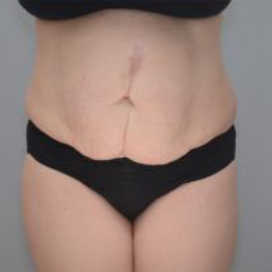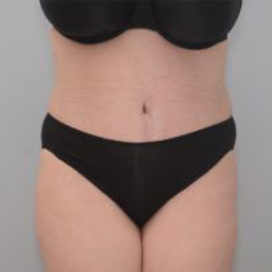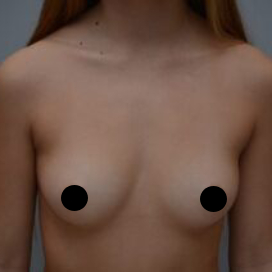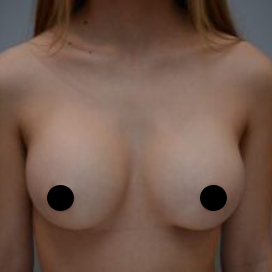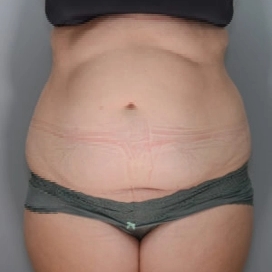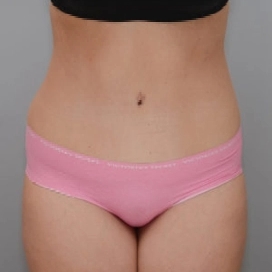When people think of plastic surgery, injectables such as hyaluronic acid fillers and Botox don’t typically come to mind. However, I love the transformative effects that can be made using simple injections. Similarly, patients often share their surprise and excitement about the improvements we can make non-surgically.
Though filler is not a permanent option, it is great for patients looking to explore different improvements or for areas where surgical intervention is not indicated. Through time, the filler is absorbed by your body which can occur at different rates for each patient and also varies across injection sites. Filler injected in areas moved more often, such as the lips, is usually absorbed faster.
Four of my favorite, and most underrated, filler injection locations are the cheeks, the paranasal recess, the non-surgical rhinoplasty, and the non-surgical chin augmentation.
1. cheek filler
Subtle amounts of filler along the cheekbone are wonderful for providing additional definition to the face. Well defined cheekbones are considered feminine, youthful qualities. Contouring, a foundational makeup concept, is designed to mimic strong cheekbones by creating a false shadow below. Cheek filler achieves a similar result without the makeup!
Patients often share how as they get older, the tissue that is held up by the cheekbone, moves down the face, collecting along the mid-face and jawline. As I frequently say, gravity always wins! Adding filler along the cheekbones can work preventatively to provide additional support to this tissue. For patients experiencing early signs of aging, I often suggest cheek filler to help support these structures of the face. Though this isn’t a complete fix, it does provide a natural looking improvement and is a great first step to combating the initial signs of aging.
2. paranasal recess filler
One injection patients are often familiar with is filler along the nasolabial folds, commonly known as smile lines. While this injection can be very powerful alone, I favor combining it with filler in the paranasal recess, or the small, triangular depression that occurs next to the nose.
Since this depression forms prior to the nasolabial folds, utilizing this injection can delay the appearance of smile lines. This injection provides addition support to the structures of the face and increases the overall volume of the face. Though it may not be the most well-known injection, patients are always pleasantly surprised with how dramatic of an improve this injection can cause.
3. non-surgical rhinoplasty
Through the past few years, the non-surgical rhinoplasty has been gaining traction in the world of plastic surgery. Patients seeking to improve their nose can often benefit from this non-invasive option as a surgical alternative.
Filler can be used in the nose to alter the bridge and tip. One concern some patients have is that the bridge of their nose is too low. In this case, adding filler to the top of the bridge can elongate the nose and improve proportionality compared to the rest of the face. For some patients, I can even use filler to hide a bump along the bridge of the nose. Additionally, filler in the tip can slightly raise the tip to correct minor droops. When performing a non-surgical rhinoplasty, patients are always shocked by how little filler is needed to do so.
4. non-surgical chin augmentation
If your chin is small relative to the rest of your face, it can really throw off your facial harmony and balance. Often, a small chin is overlooked and instead patients come in with feelings that their nose is too big. While the nose and the chin are two distinct structures on your face, the interplay between the two is often underappreciated.
Since a defined jawline and chin are attractive features, patients often ask about nonsurgical chin augmentation with filler. By adding filler, the chin can be made more proportional and more feminine or masculine depending on the patient.
This can be done with surgery but can much more easily be done with filler. As with all filler, it will degrade over time but patients often choose this option as the procedure is easy and can be done without any downtime or recovery.
